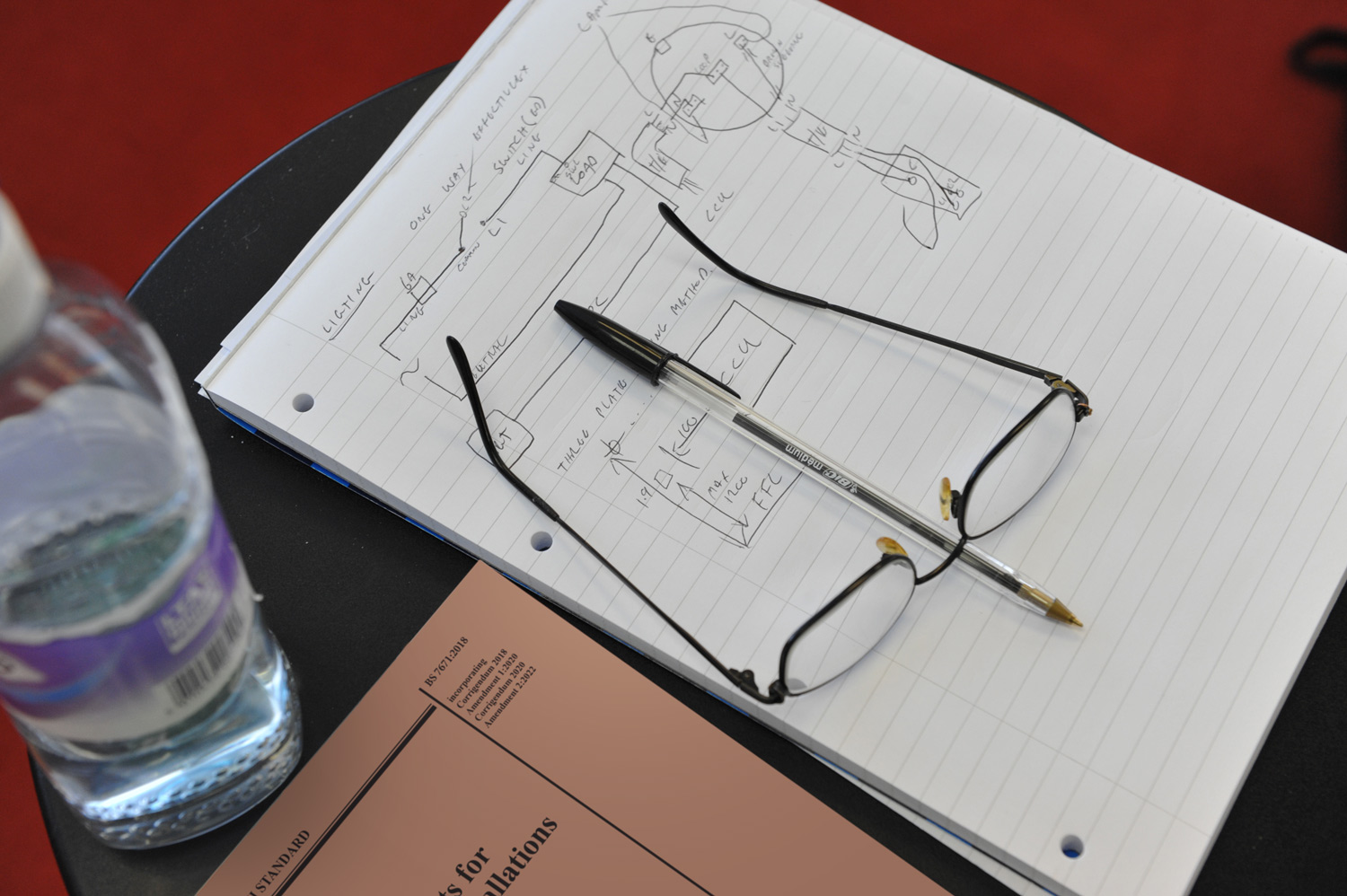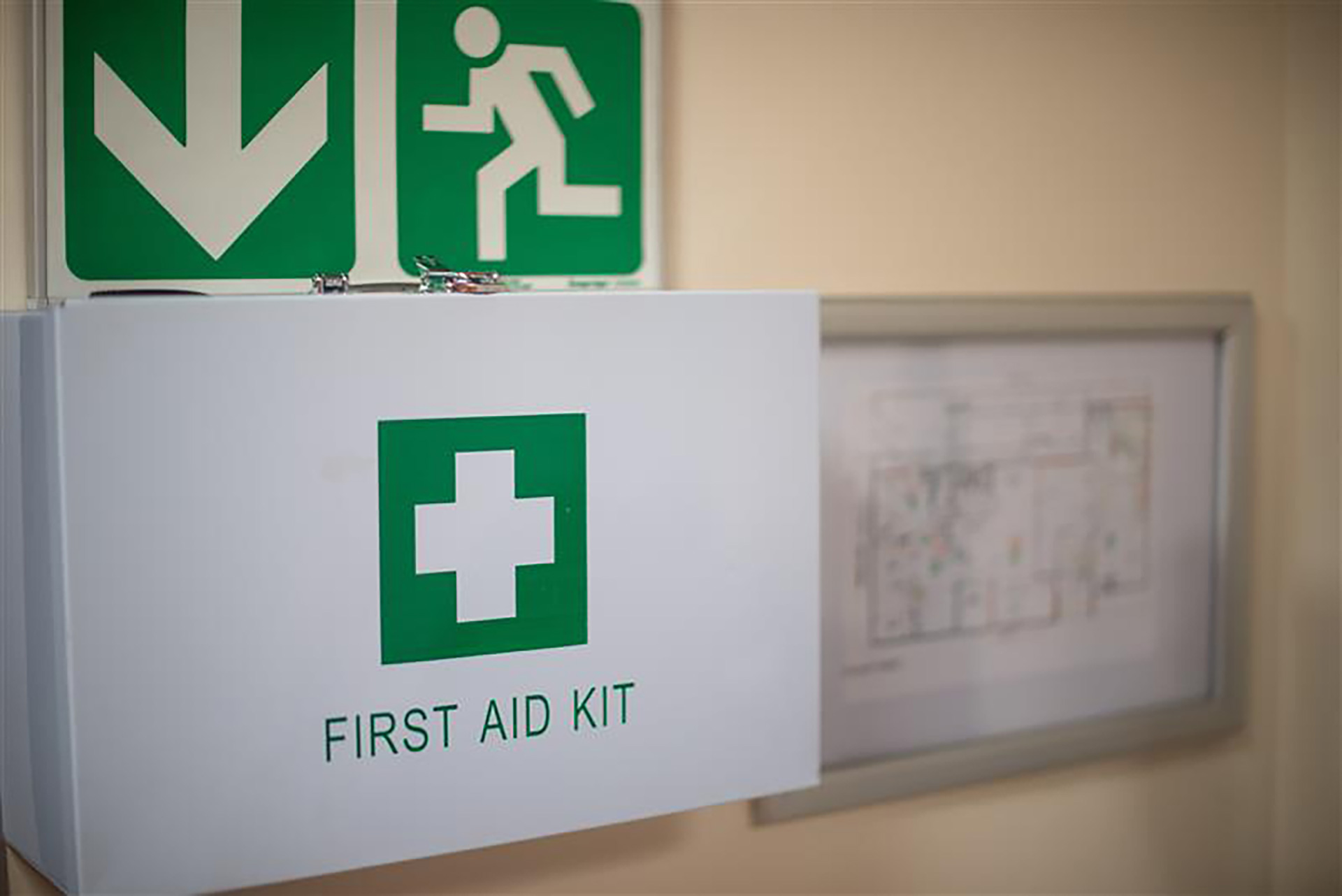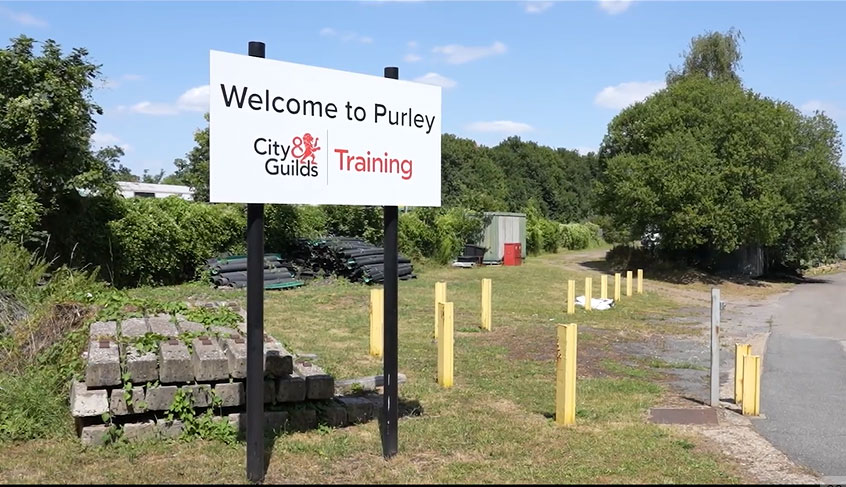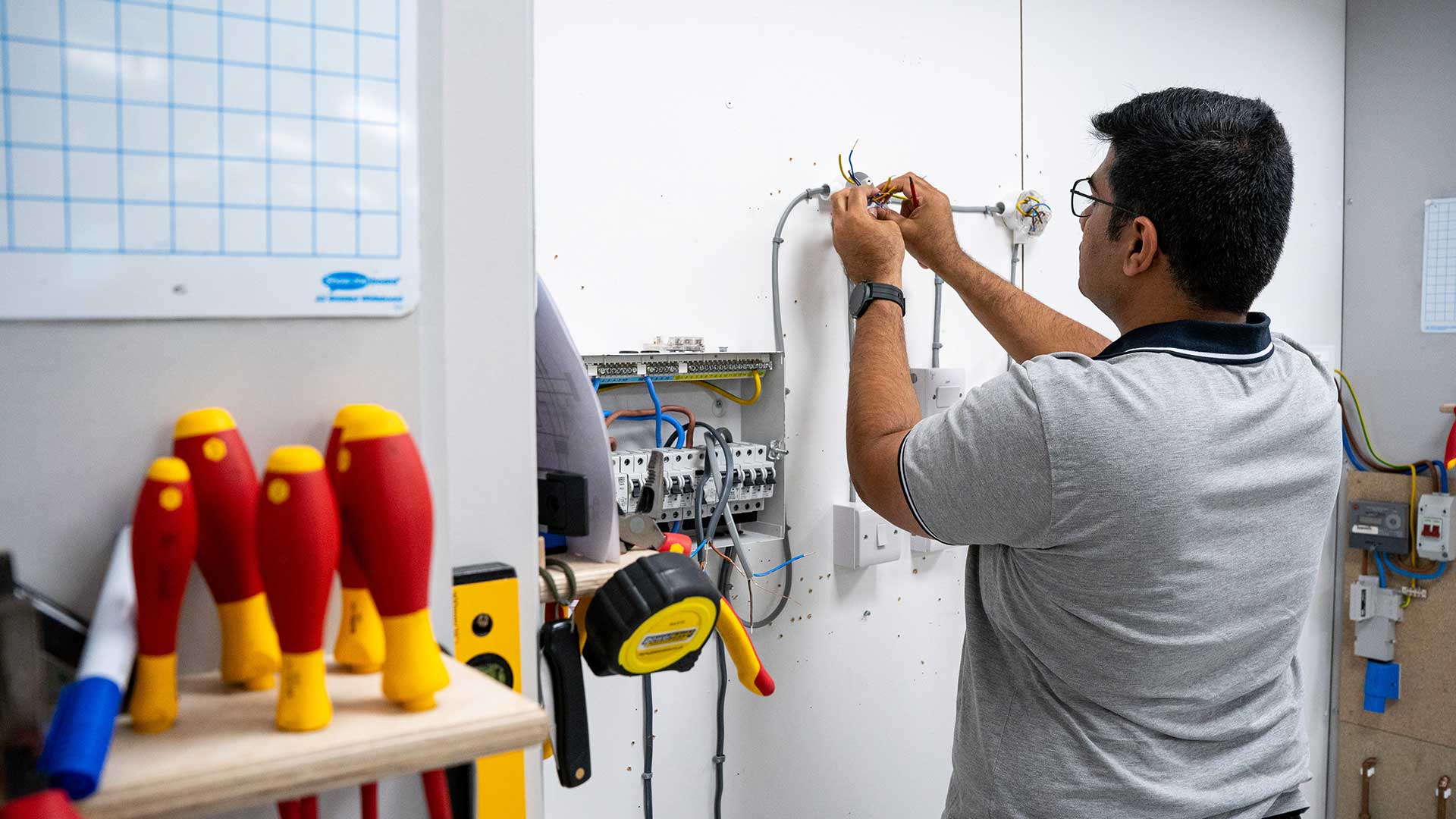There is the territory of a sparkie and then there is the territory of the DNO or Distribution Network Operator if you like. Experienced electricians may well be rolling their eyes at this point as electrical jobs can become seriously delayed for the sake of a relatively quick job that cannot be legally carried out by anyone other than the DNO.
The DNO own and operate the distribution of towers and cables that bring electricity from the national transmission network into individual homes and businesses. All homes that are connected to the National Grid will be fitted with a distributor fuse. The distributor fuse is the property of the DNO and should be fitted with a seal to prevent unauthorised tampering.
Disconnecting a distributor fuse
There are several jobs that will require the distributor fuse to be disconnected, one of the common scenarios that sparkies encounter this is when changing a consumer unit.
To legally disconnect the distributor fuse, (referred to amongst electricians as the main fuse,) a technician from the DNO has to disconnect the main fuse then return to reconnect and fit a new seal. What is a straightforward job can lead to inconvenience and additional cost.
What is even more frustrating is that a qualified and registered electrician would be able to carry out the work, however to prevent what a DNO would class an ‘unauthorised tampering’ main fuses are fitted with a seal fitted with a crimped seal bearing a unique identification number. Cutting through the seal is a criminal offence, which leaves electricians with little choice but to follow the rules.
Now, many electricians would respond to this by saying just cut the seal. However at Trade skills 4 U we believe in safe working practices and highly recommend that the rules and guidance of the DNO are followed. Ultimately it is illegal to interfere with any DNO equipment and puts you in a difficult position should anything go wrong.
What if there is no seal or it is already broken
There are many households in the UK that do not have an intact seal on the main fuse. However this is not a gateway to break the law and the DNO should still be contacted to disconnect the fuse.
How long does it take for a DNO to come to disconnect the main fuse?
This is very much a question of how long is a piece of string. Some DNOs are very helpful and will respond straight away, but normally it does involve a wait and a charge. In some cases, the DNO may allow the electrician to disconnect the main fuse, and the DNO would return afterwards to re-seal it. However this should never be assumed. The correct guidance is to contact the DNO before any work is carried out.
If the DNO does authorise an electrician to disconnect the main fuse there are very strict guidelines that must be followed. Failure to follow them can lead to action being taken against you by your registration body or in the worst case the exclusion of a registration body from accessing the DNO network.
Does the main fuse have to be disconnected?
If the customer has an isolator fitted then your job becomes so much easier as there is no need to then apply to the DNO to disconnect the main fuse. You will be able to carry out electrical work legally without worrying about the seal.
Can the DNO respond quicker to main fuse disconnection requests?
Unfortunately there is little that can be done to get a DNO to respond quicker, however the customer could opt to have an isolator fitted, which again would need to be carried out by the DNO at a cost of around £44 which would enable the job to proceed without any further delays. The fitting of an isolator is normally carried out by the DNO within a few days but the customer would need to give the go ahead to have the isolator fitted themselves.
The only other way of asking a DNO to respond quicker is if there is an emergency such as a consumer unit overheating where the power would need to be disconnected quickly.
Always follow the guidance
There is a lot of debate between electricians on how to address the issue of disconnecting the main fuse. Our advice is never be tempted to disconnect it yourself even if you find that the seal has already been broken in the past. Ultimately there is no way of knowing of the condition of the main fuse and if something goes wrong, you’ll need to explain to the DNO why you were removing the main fuse in the first place, as well as having to pay a hefty penalty.
Here’s a helpful map if you wish to find your local DNO:





























